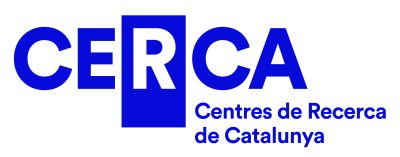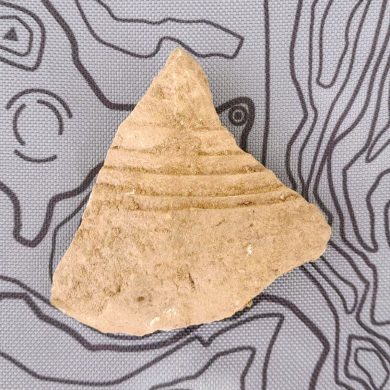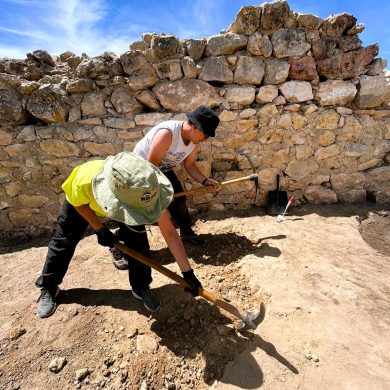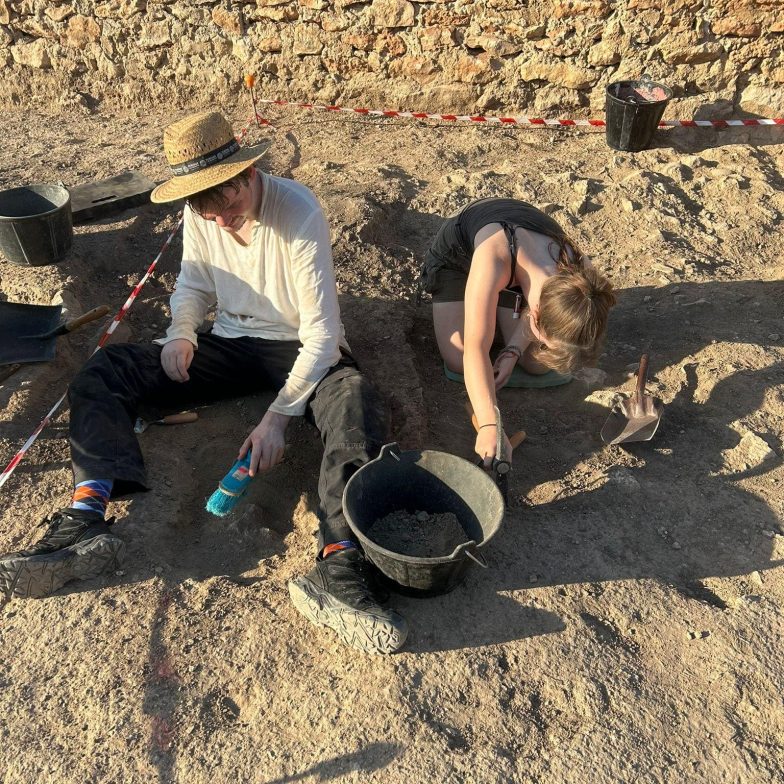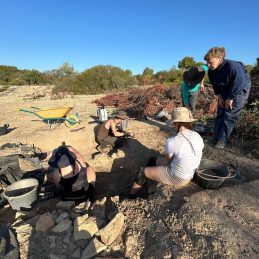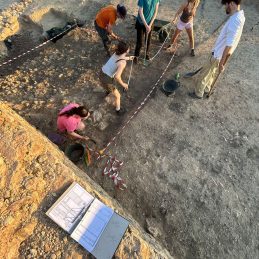
The latest findings at the Visigothic settlement reveal new buildings and evidence of a Muslim occupation.
This summer’s ninth archaeological campaign, conducted by MIRMED researchers from ICAC-CERCA and students from the seventh Course on Christian and Visigothic Archaeology at Valencia “la Vella” in Riba-roja de Túria (Valencia), has unveiled new insights into the urban nature of this significant Mediterranean site.
The findings indicate that the city’s occupation extends beyond the Visigothic period, suggesting Muslims may have settled it in the 8th century.
Under the coordination of Albert Ribera and the archaeological direction of Òscar Caldés and Josep Maria Macias, ICAC-CERCA researchers have mechanically lowered contemporary agricultural levels and prepared excavation areas for the next four years.
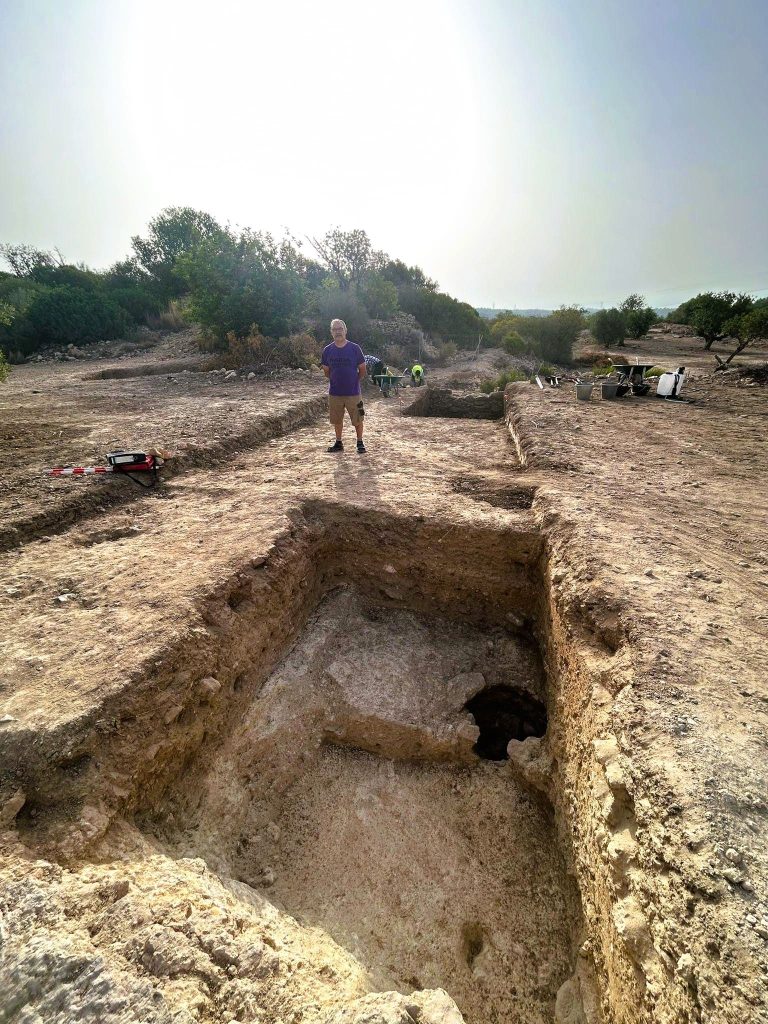
Architectural Discoveries and Site Functionality
Intervention took place on the city’s intermediate platform, adjacent to the outer and inner walls, which separate it from the lower district. This work will enable future expansion of the museographic area and help determine the sector’s functional character, providing content for the site’s historical narrative.
New evidence indicates that the city’s initial construction was meticulously planned.
Initially, the city served as a fortified center with imposing defensive walls and terraced urbanization adapted to the mountain’s natural slope. Over time, it evolved into a settlement with more everyday functionality.
The team identified the eastern and southern boundary walls of a large building over 28 meters long, studied the foundation system of the outer wall in this sector, and mapped the interior circulation channels between the city’s districts. These channels, evidenced by a staircase in 2023 and now by a ramp, were later blocked, possibly during the early Islamic period.
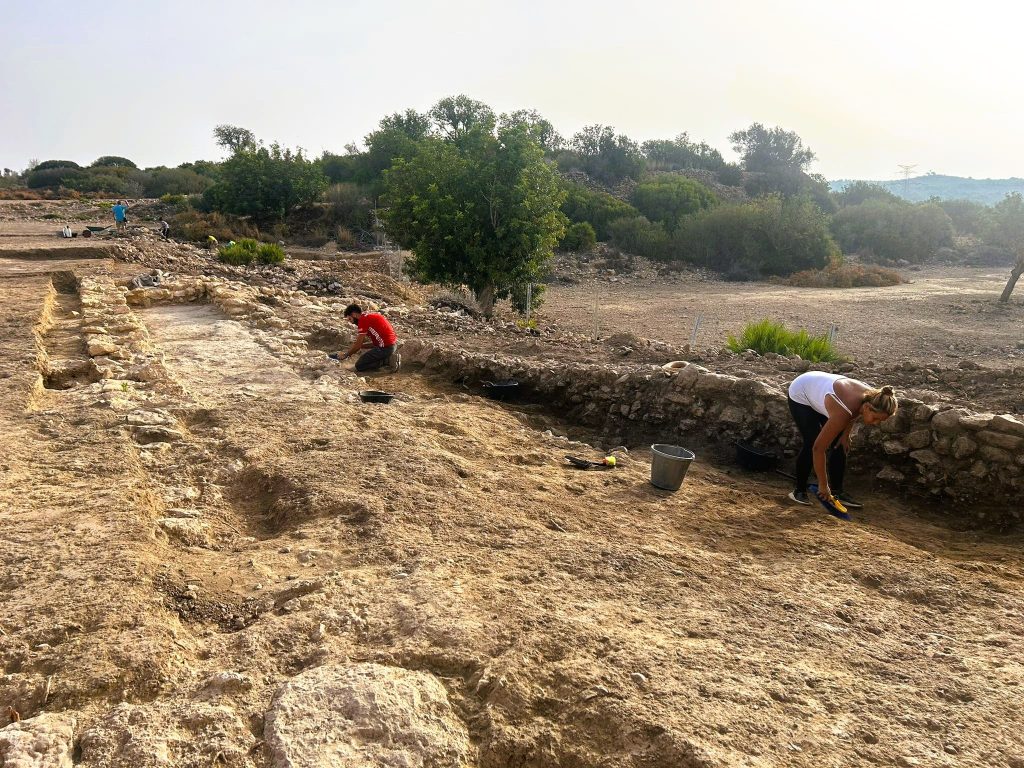
Recovered Materials
Another line of research focuses on identifying a possible residential space with a large fireplace, around which numerous burnt food remains from the cooking process have been documented. There is also a high concentration of snails, indicating significant consumption of this animal. This supports the idea that during the 7th century, the city lost its original military function, and the spaces adjacent to the wall were progressively occupied.
In the material domain, numerous Visigothic pottery remains have been recovered, along with chronological evidence of consumption indicating residual occupation yet to be determined, during the early Andalusian period or in the 8th century.
An Evolving City
Although the city seems to have been abandoned during the 8th century, other subsequent and sporadic Muslim occupations are not ruled out, albeit with a marked agricultural character.
Riba-roja de Túria’s mayor, Robert Raga, expressed satisfaction with the results of the new edition:
The archaeological excavations continue to weave the history of the various civilizations that have passed through our territory, allowing us to create a narrative that will enrich the future Archaeological Interpretation Center of Valencia ‘la Vella’, unique in Spain and one of the few historical testimonies from the Visigothic period.”
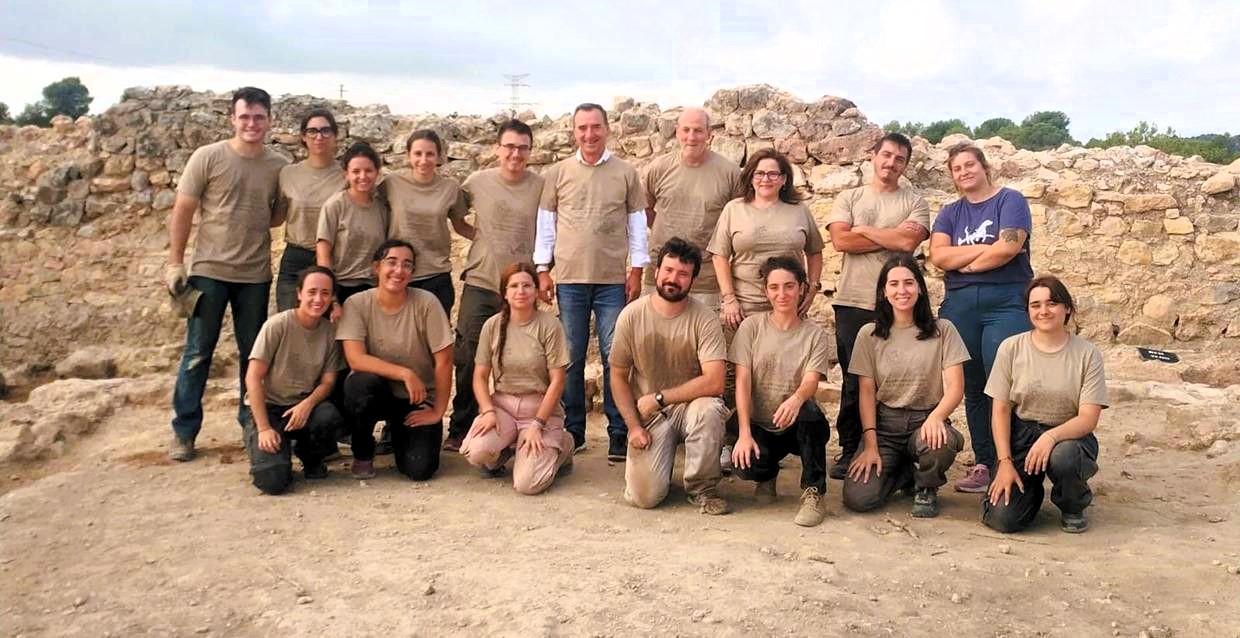
Specialized Advanced Training: An Added Value
From July 1 to 19, the archaeological campaign hosted the VII Course on Christian and Visigothic Archaeology of Valencia “la Vella”, thanks to the framework agreement signed by the Riba-roja de Túria City Council and the Catalan Institute of Classical Archaeology in 2016.
Students from different European universities participated, having the opportunity to learn basic excavation and archaeological analysis methodology firsthand, as well as receiving specific training oriented towards Late Antiquity archaeology, its material culture, and its historical issues.
The course alternated excavation of the site with tasks such as washing, cataloging, and labeling the found remains, visiting Late Antiquity sites in the area, and attending lectures on aspects of the Visigothic and Christian worlds.
Additionally, the public could see the excavation results during an open house held on July 17, which fifty people attended.
Meanwhile, a preliminary excavation and cleaning campaign took place in the second half of June, thanks to a grant from the Culture Department of the Valencia Provincial Council.
Excavation Works keep ongoing
Excavations will continue until early August, in collaboration with Newcastle University (England) and Friedrich-Alexander-Universität Erlangen–Nürnberg (Germany), involving a group of 10 students from England along with Drs. David Govantes-Edwards and Chloë Duckworth, experts in glass furnaces.
This two-week campaign aims to excavate the glass furnaces located recently at the Late Antiquity site of Valencia ‘la Vella’. The work began with the oven in sector 1000, found in the 2018 campaign, and the furnace in sector 6200, found in the 2020 campaign.
After a brief pause, activities will resume in October, likely with the participation of the mentioned German university.
About the Catalan Institute of Classical Archaeology (ICAC-CERCA)
The Catalan Institute of Classical Archaeology (ICAC-CERCA) is a CERCA center established as a consortium in 2003 by the Government of Catalonia and the Rovira i Virgili University. It is a Catalan institution with an international scope, at the forefront of research and conservation of archaeological heritage. Its headquarters are in Tarragona, a city recognized as a UNESCO World Heritage Site in 2000. Its researchers work to understand the past through the study of archaeological remains and promote the preservation of the historical legacy. We are CERCA!
For more information, visit www.icac.cat.
